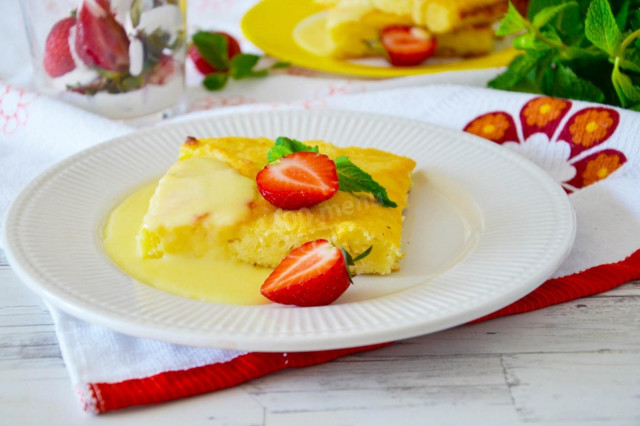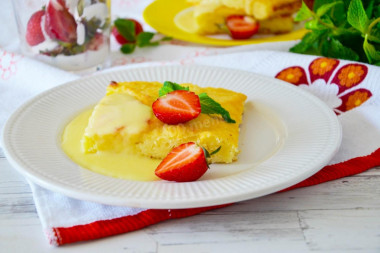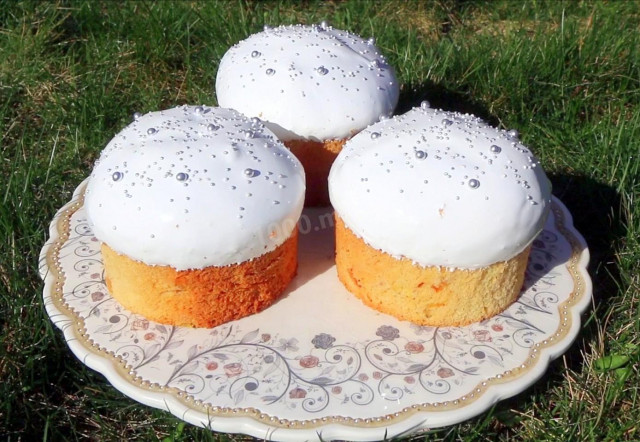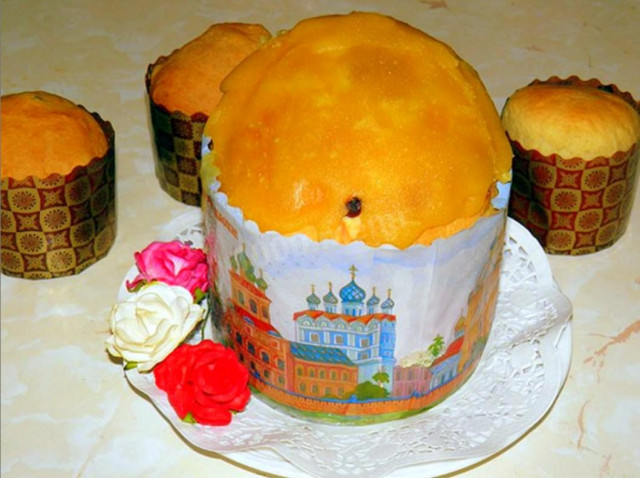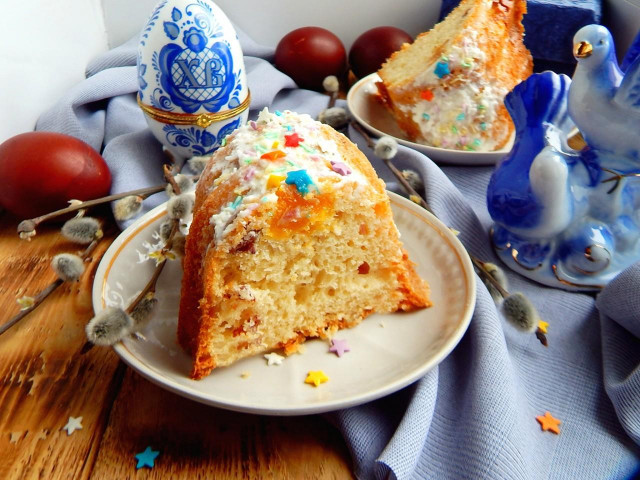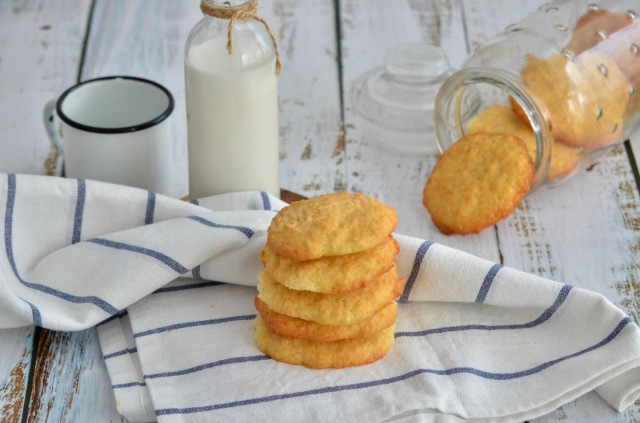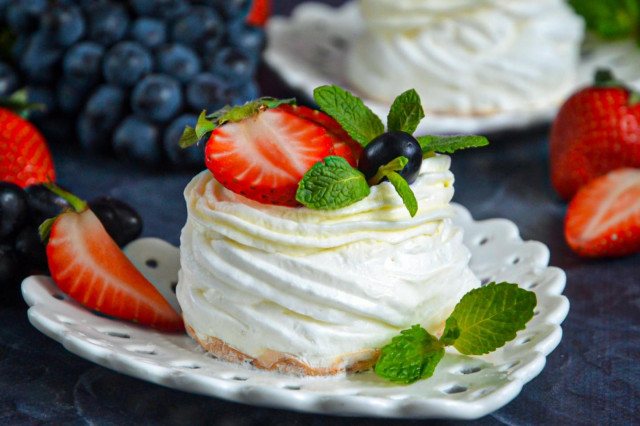Composition / ingredients
Step-by-step cooking
Step 1:
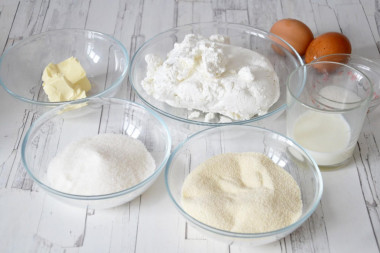
How to make a cottage cheese casserole like in kindergarten? Prepare the products. Cottage cheese, milk, butter and eggs should be at room temperature, so take them out of the refrigerator in advance. Which cottage cheese is better to use? It can be of any fat content. But a casserole of fatty cottage cheese will taste better. It is better to add a couple of tablespoons of sour cream, kefir or milk to low-fat cottage cheese. Rub the cottage cheese through a fine sieve or punch it with a blender.
Step 2:
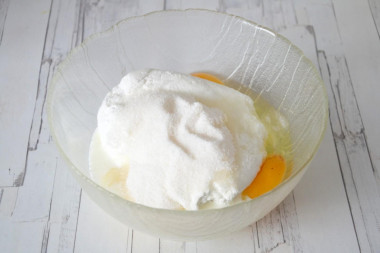
In a container of suitable size, combine the eggs with sugar. To make our casserole airy and high, beat the mixture with a mixer until a stable fluffy foam forms. Add the grated cottage cheese and milk. Continue whipping until smooth.
Step 3:
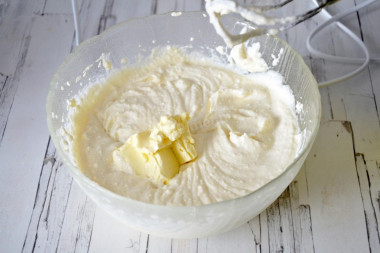
Add soft butter. Beat the mixture again until smooth. The butter should be softened, not melted, otherwise the consistency of the curd dough will change.
Step 4:
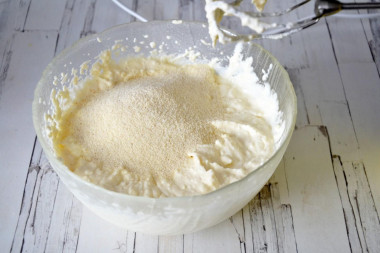
Add semolina in parts. Beat the mass with a mixer at low speed each time. If the cottage cheese you use is excessively moist, increase the amount of semolina so that the dough is not liquid.
Step 5:
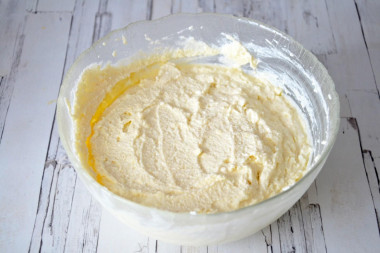
Leave the dough for 15-30 minutes so that the cereal swells. Why is it better to add semolina rather than flour? Baking with semolina will be more tender and lush. After baking, it will not fall off and will retain its shape. In advance, 10-20 minutes before baking, turn on the oven to warm up to 180 ° C. Transfer the dough to a suitable baking dish. My form was 25 by 28 cm.
Step 6:
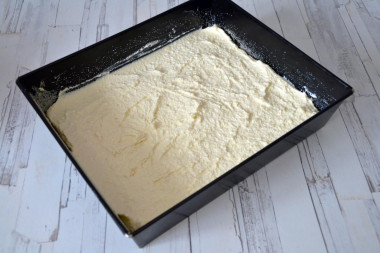
Bake the casserole for about 30 minutes until golden brown. Focus on the features of your oven. The baking temperature may be less or more than specified in the recipe (from 175 to 200 ° C). Cool the finished casserole, and then slice. Serve the casserole to the table. Enjoy your meal!
Such a tender casserole was given to us in kindergarten. I still remember the taste of it. And different sauces were served with it: then chocolate, then vanilla, then milk, and sometimes condensed milk. The recipe can be supplemented and varied by adding black currant berries, raspberries and finely chopped dried apricots to the dough. Pre-steam the dried fruits by soaking them in hot water for 10-15 minutes. No wonder it was the most favorite dish in the garden.
How to make vanilla sauce? Pour the milk (350 ml) into a saucepan and bring to a boil. In a bowl, stir 2 eggs, 50 g of sugar and 10 g of flour. Carefully pour a small amount of hot milk into the egg mixture. To prevent the mixture from curdling, stir it quickly with a fork or whisk. Pour the egg-milk mixture into a saucepan with the rest of the milk. Cook the sauce over very low heat, stirring continuously. Bring to a boil, but do not boil. When the sauce thickens, remove from the heat. Add vanilla or vanilla sugar for flavor (add according to the instructions). Mix it up. Vanilla sauce is ready!
Important! In order for the curd dough or filling to be successful, it is important to carefully consider the choice of cottage cheese. A low-quality product can spoil baking, as it directly affects the consistency, taste and final result. How to choose the right cottage cheese for dough or filling read in this article .
Keep in mind that everyone's ovens are different. The temperature and cooking time may differ from those specified in the recipe. To make any baked dish successful, use useful information about the features of ovens !
How to bake a lush and tender casserole? Do not expect the same increase in volume from the curd mass, as, for example, in a yeast cake or sponge cake. The splendor of the curd casserole directly depends on the size of the chosen shape: the smaller the shape and the higher the sides, the higher the layer of curd mass for baking will turn out, which means the finished casserole will be higher.
Any heat-resistant form is suitable for this recipe. If you use a silicone mold, then you do not need to smear it with butter or margarine. But it is better to lightly lubricate metal, ceramic or glass dishes with vegetable oil so that the baking does not burn.
Caloric content of the products possible in the composition of the dish
- Whole cow's milk - 68 kcal/100g
- Milk 3.5% fat content - 64 kcal/100g
- Milk 3.2% fat content - 60 kcal/100g
- Milk 1.5% fat content - 47 kcal/100g
- Concentrated milk 7.5% fat content - 140 kcal/100g
- Milk 2.5% fat content - 54 kcal/100g
- Chicken egg - 157 kcal/100g
- Egg white - 45 kcal/100g
- Egg powder - 542 kcal/100g
- Egg yolk - 352 kcal/100g
- Ostrich egg - 118 kcal/100g
- Semolina - 340 kcal/100g
- Cottage cheese of 40% fat content - 466 kcal/100g
- Cottage cheese of 20% fat content - 233 kcal/100g
- Cottage cheese of 18% fat content - 226 kcal/100g
- Cottage cheese of 10% fat content - 156 kcal/100g
- Low-fat cottage cheese - 75 kcal/100g
- Cottage cheese with sour cream - 260 kcal/100g
- Fruit cottage cheese - 147 kcal/100g
- Soft dietary cottage cheese - 170 kcal/100g
- Vitalinia cottage cheese - 64 kcal/100g
- Cottage cheese "morning" ( "danone") without sugar - 91 kcal/100g
- Cottage cheese - 156 kcal/100g
- Granulated sugar - 398 kcal/100g
- Sugar - 398 kcal/100g
- Butter 82% - 734 kcal/100g
- Amateur unsalted butter - 709 kcal/100g
- Unsalted peasant butter - 661 kcal/100g
- Peasant salted butter - 652 kcal/100g
- Melted butter - 869 kcal/100g
- Vanillin - 288 kcal/100g

